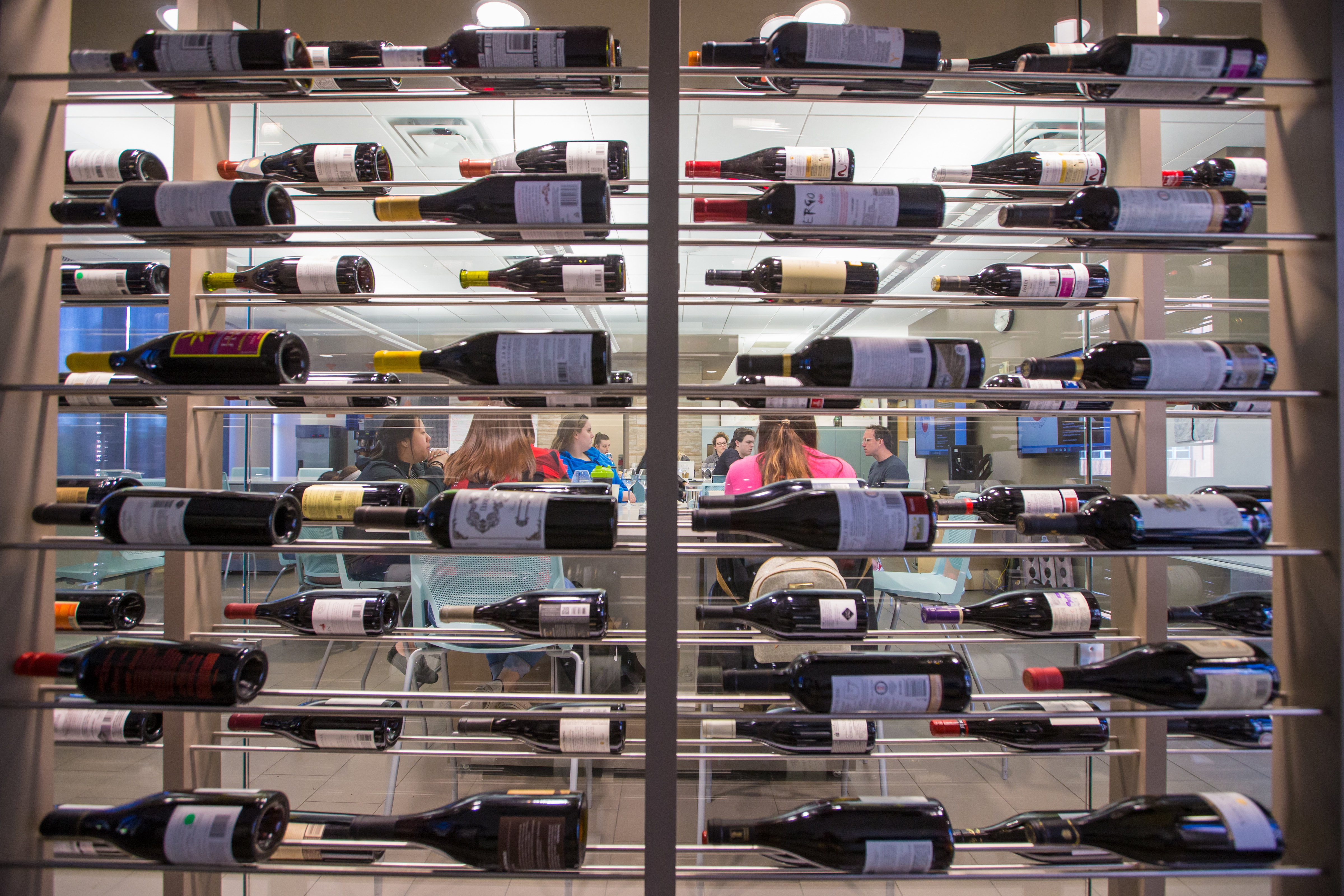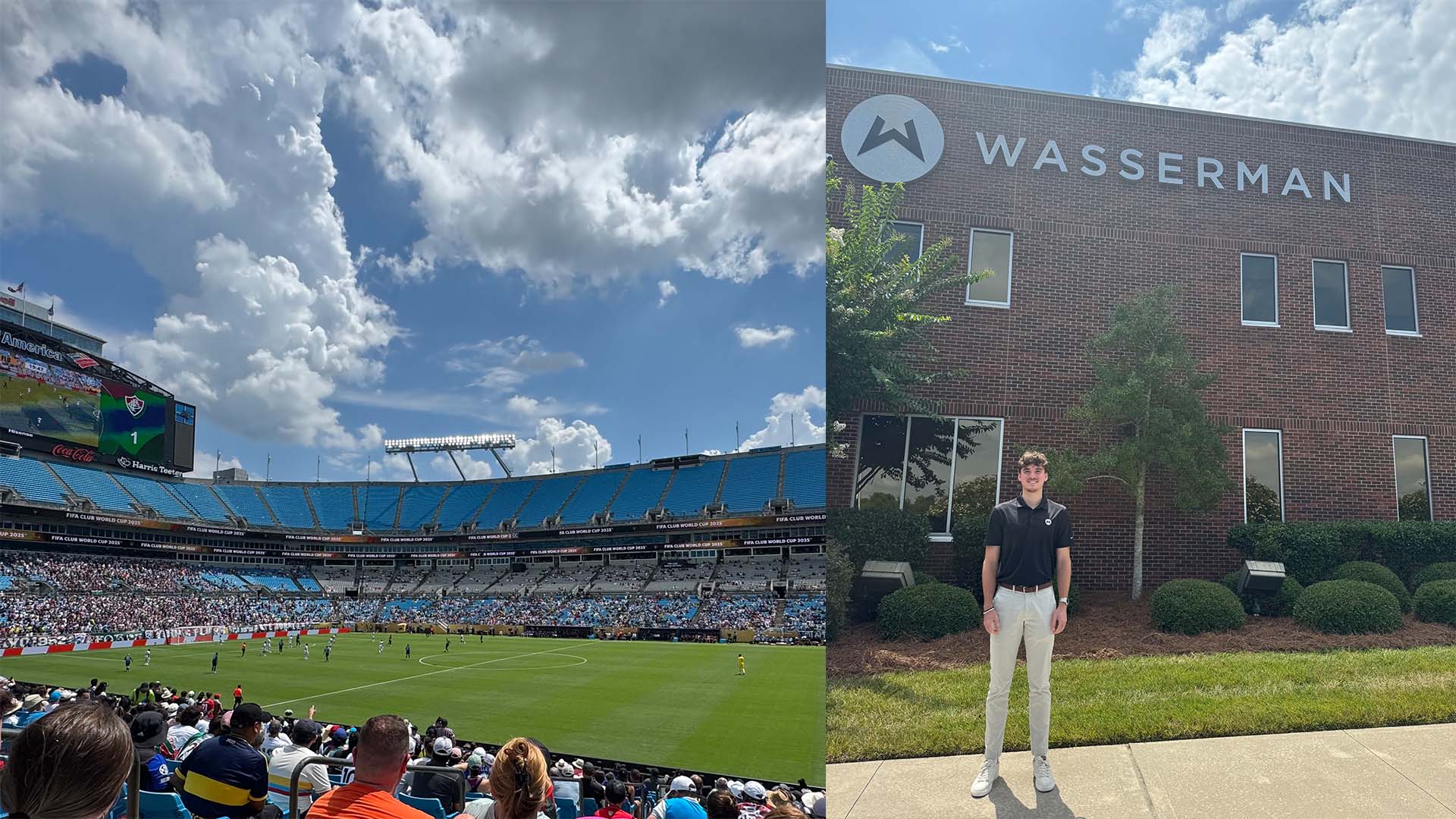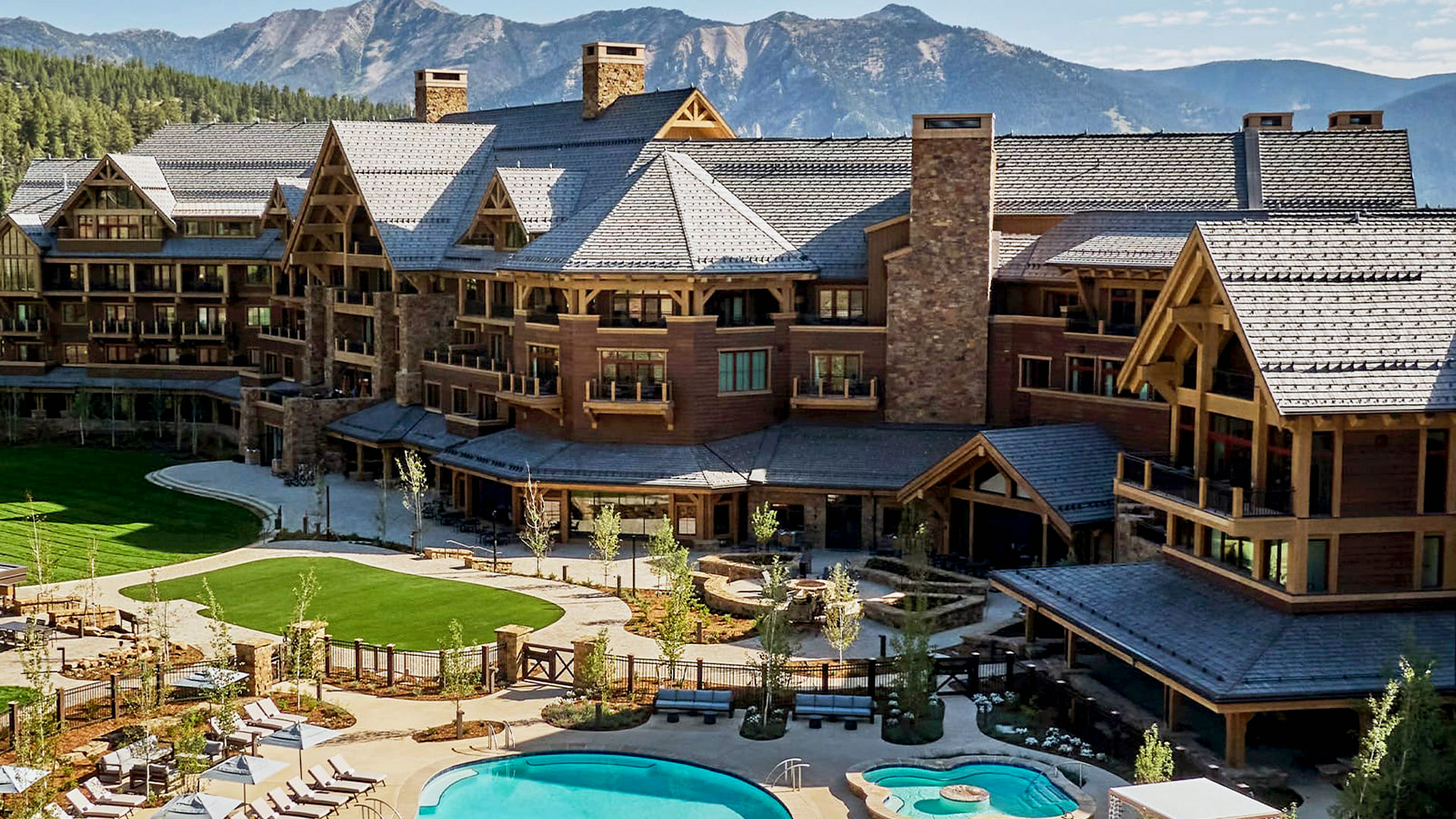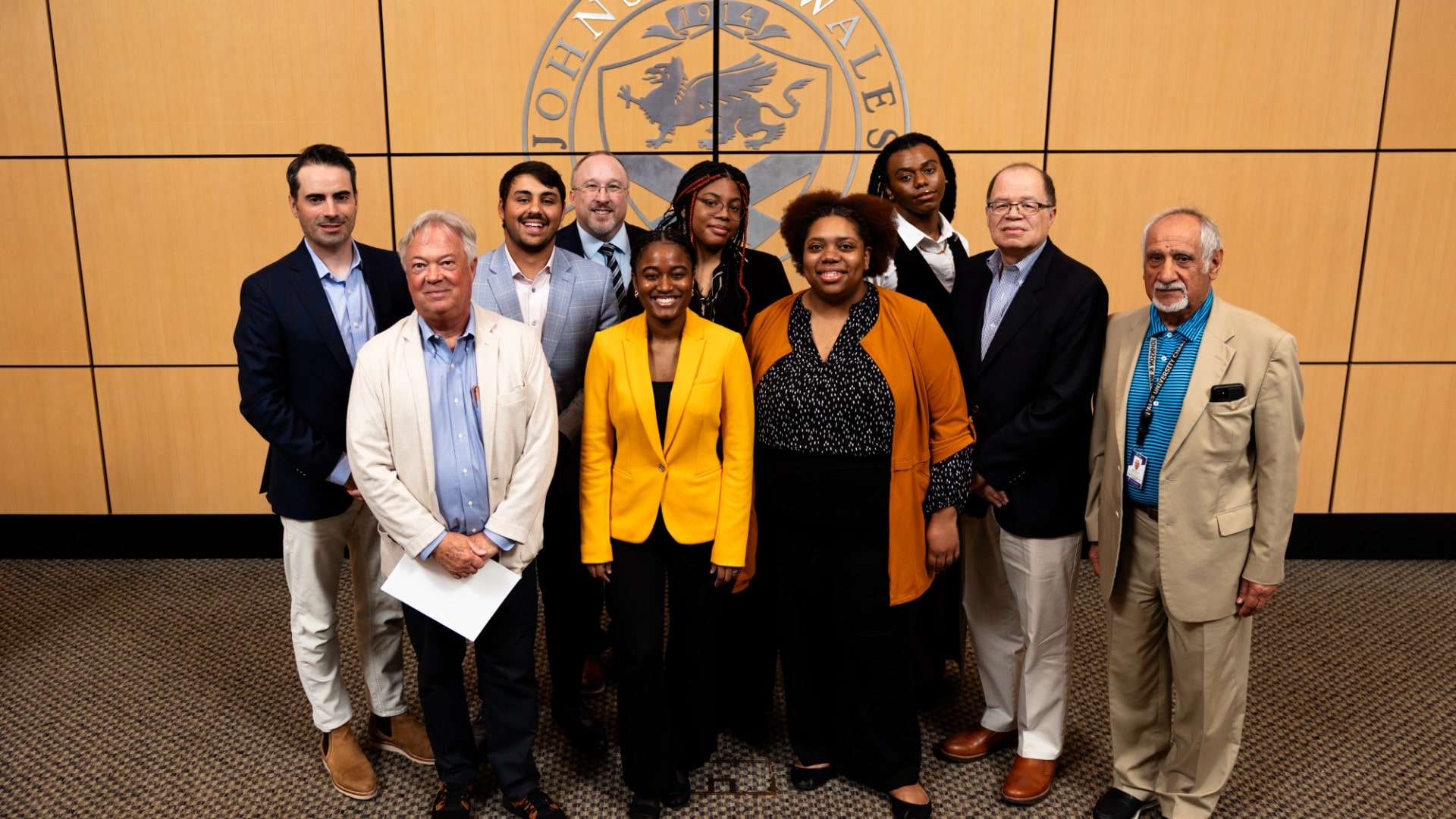Top Beverage Trends for 2020
Think about your favorite food, your favorite drink, your favorite restaurant. What is it that keeps you going back for more? If you have a vision for what makes these experiences great, a career in the food and beverage industry might be for you. JWU has several academic programs to help start you on that path.
In the meantime, to stay on top of what’s in vogue on the beverage side, take a look at these top beverage trends for 2020, offered by Department Chair Michael Sabitoni, an expert on food and beverage management.
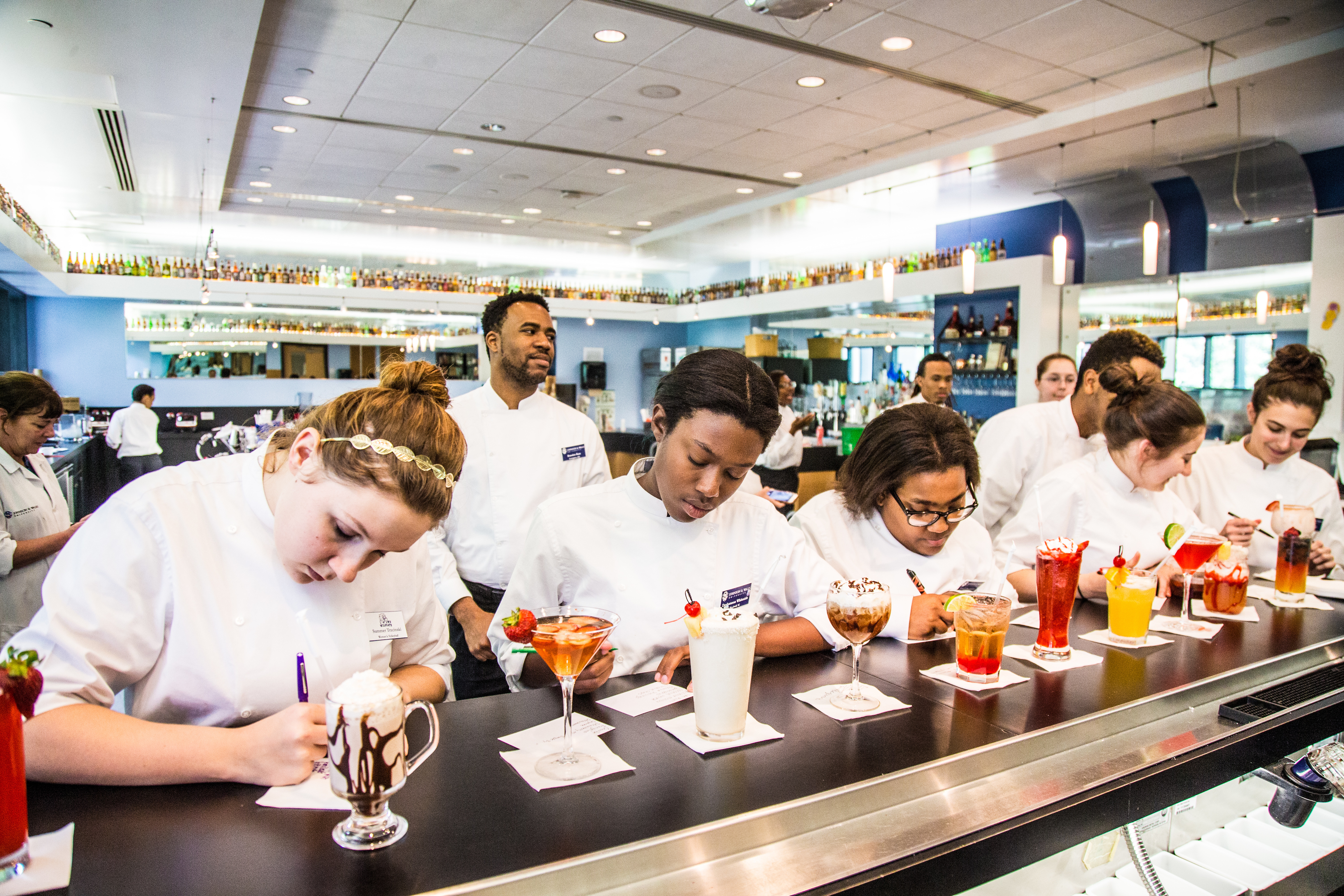
When it comes to beverages of the future, it’s all about health and wellness and focusing on locally produced and unique infusions and flavors. Based on industry research, surveys and the political climate, there are big changes happening in the beverage industry. Here’s the latest on what’s hot:
Enhanced Waters
Consumers are staying away from sugary drinks and are purchasing beverages that provide health benefits instead. Enhanced bottled water sales have increased. Low-calorie replacements with health-conscious benefits that you don’t get with plain water are growing in popularity. Water that has sodium, calcium and magnesium added is high on the list.
Sober Bars
With the increasing demand for more non-alcoholic drinks on menus, there is a growing interest for sober bars — locations that serve only non-alcohol craft mocktails with savory, healthy ingredients and energy drinks.
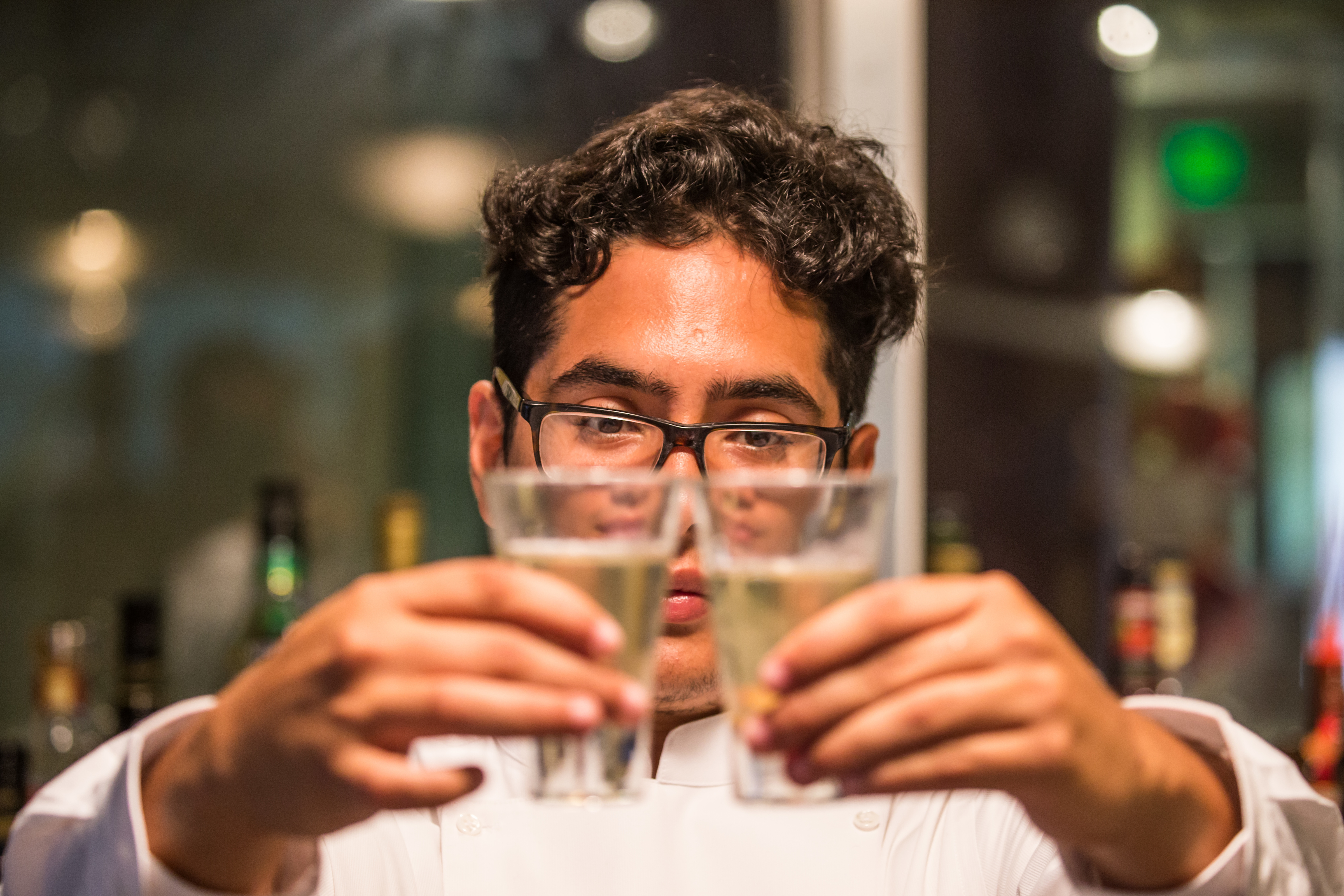
Cannabis Beverages
CBD oil/extract is believed to have significant beneficial properties, reduce stress and anxiety, improve mood, fight inflammation and reduce pain. CBD extract is now used in craft cocktails, enhanced waters and mocktails in areas where it’s been legalized.
Natural Beverages
Green tea, coconut water, hot chocolate, ginger tea, kombucha and natural red wines, to name a few, fall in this category. Consumers are focusing on healthier lifestyles and seeking natural and organic beverages.
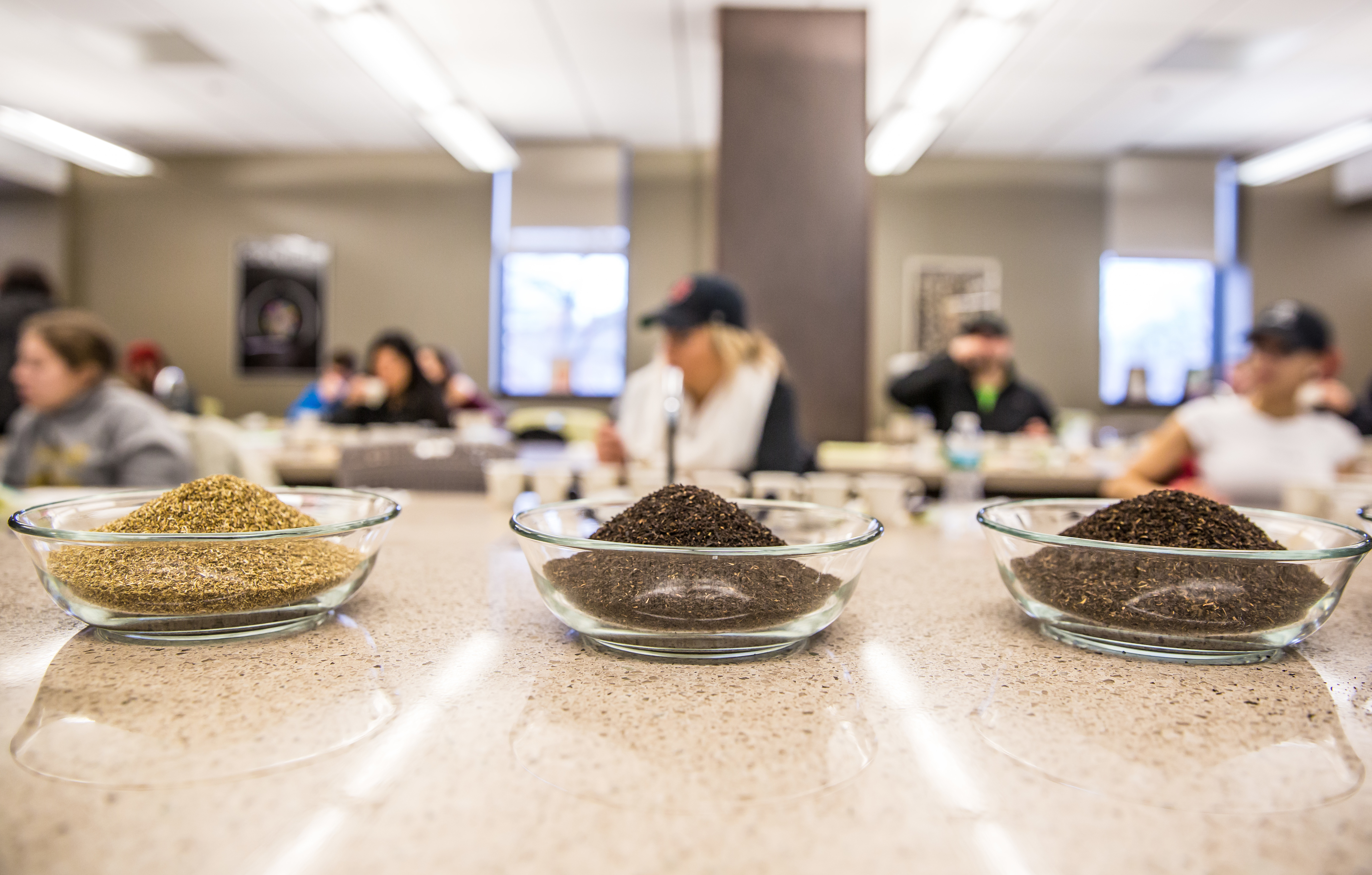
Low ABV (Alcohol by Volume) Beverages
From wine to liqueur to beer, consumers are requesting more low-alcoholic beverages (Slimmer Down crazy) and low-calorie cocktails such as Skinny Mojitos, Vodka Soda, Low-Cal Moscow Mules and Gimlet.
Infused Nutritional Beverages
Innovation in both non-alcoholic and alcoholic beverages are exploding. Beverages that are infused with turmeric, blueberries, beets and kale are a major trend due to their nutritional benefits.
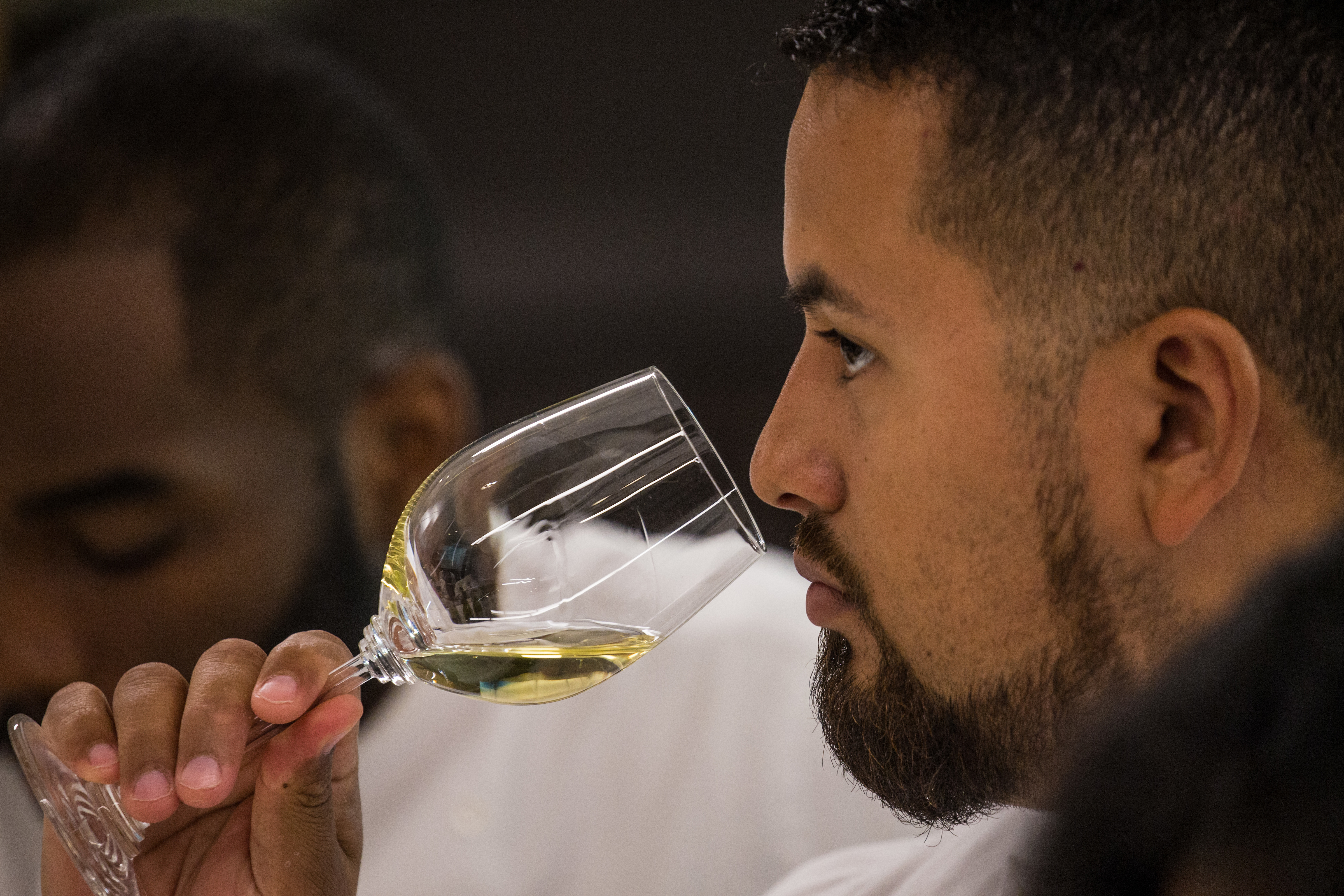
Locally Produced Beer, Spirits and Wine
It’s all about being local. Consumers continue to embrace and support the local “farm to glass” movement. Small, local producers are growing throughout the U.S. and internationally, and consumers can’t get enough. Most local area restaurants/food & beverage establishments will offer locally produced alcoholic beverages on their menus.
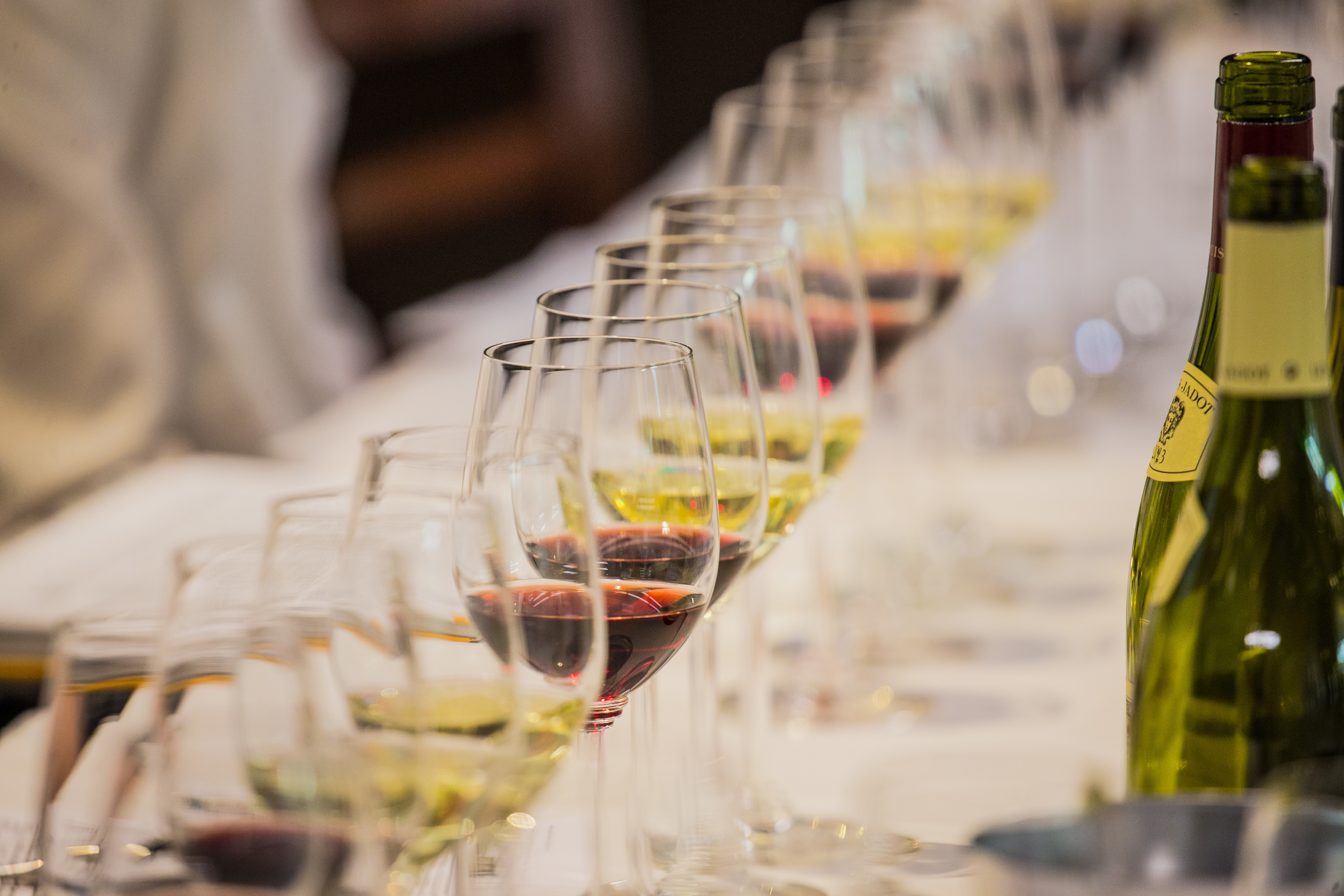
Michael Sabitoni is the department chairperson for both the International Travel/Tourism Studies and the Food & Beverage Management departments within Johnson & Wales University's College of Hospitality Management. Before joining JWU, Sabitoni worked in both of these industries for nearly 30 years.
Department Chair Michael Sabitoni describes his industry experience and his teaching for JWU's College of Hospitality Management.
